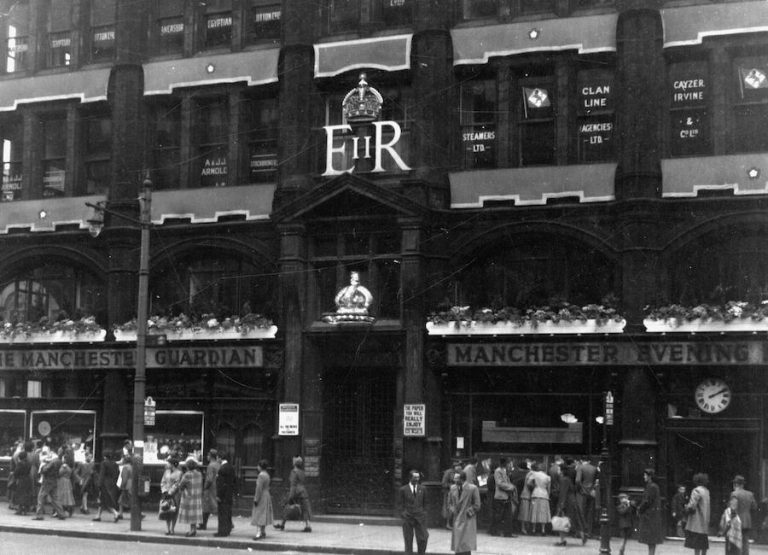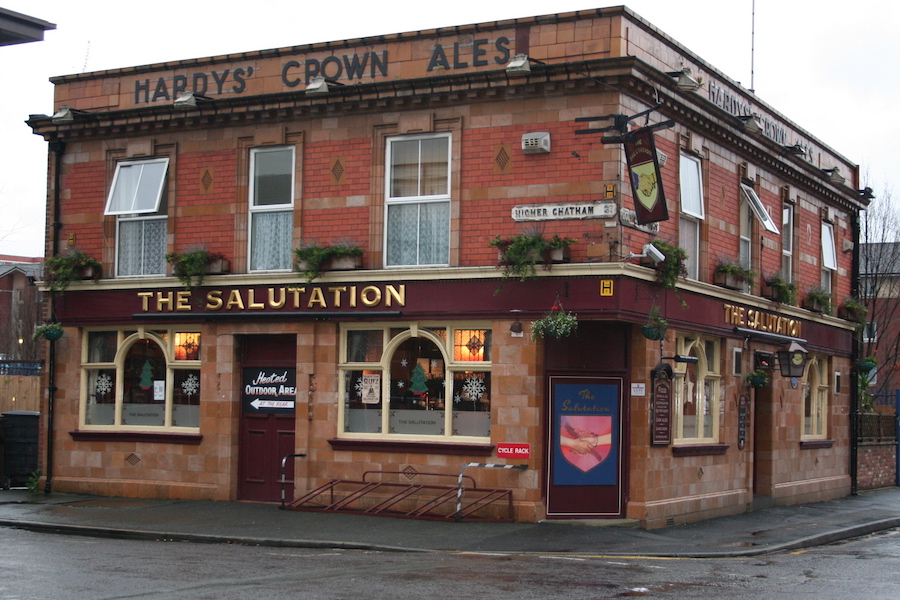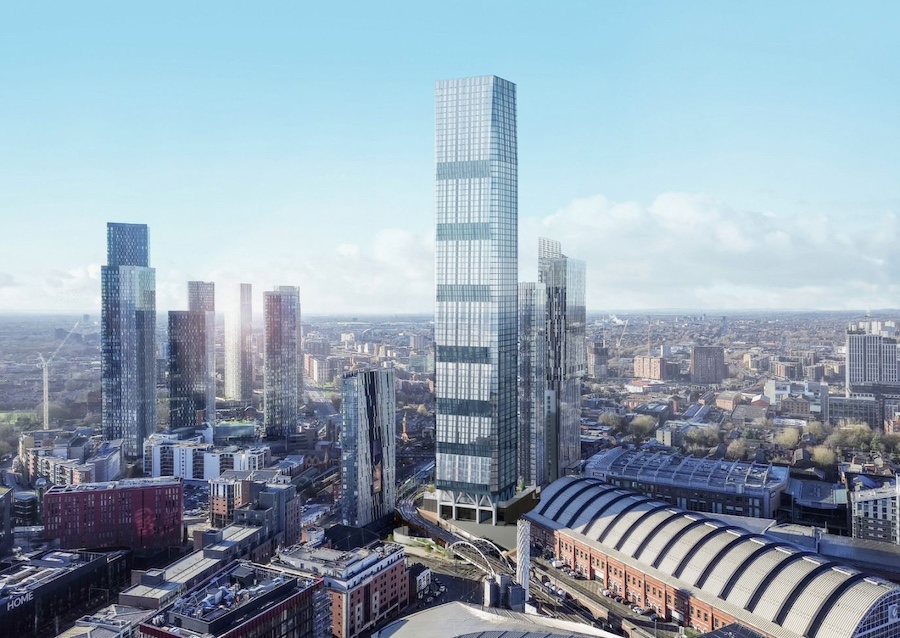New images reveal Collyhurst Village regeneration plans
- Written by Louise Rhind-Tutt
- Last updated 4 years ago
- Civic, Property & Planning
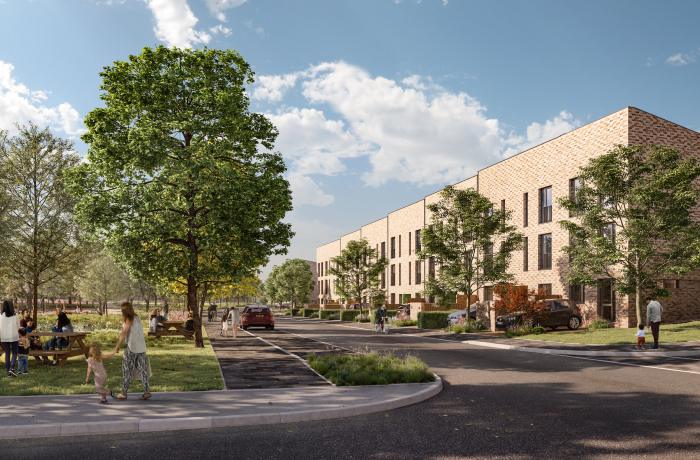
Manchester City Council and Far East Consortium (FEC) have submitted plans for the first phase of the regeneration of Collyhurst Village, as part of the city’s £4bn Northern Gateway project.
The proposals, which represent the first major regeneration of the area in 50 years, feature 244 new homes – comprising a mix of town houses and apartments, including 100 homes for social rent – and a new 1.3 hectare public park.
The diverse range of homes is intended to cater for a mix of families, young professionals and older residents, says the council, as the joint venture looks to create a sustainable neighbourhood for current and future generations.
As part of the proposals, the first phase of New Collyhurst Park will deliver a new public green space for Manchester, with more than 450 trees expected to be planted as part of a network of green links to the surrounding village.
The masterplan for the area also includes almost 2,000 sq ft of neighbourhood-focused commercial and retail space.
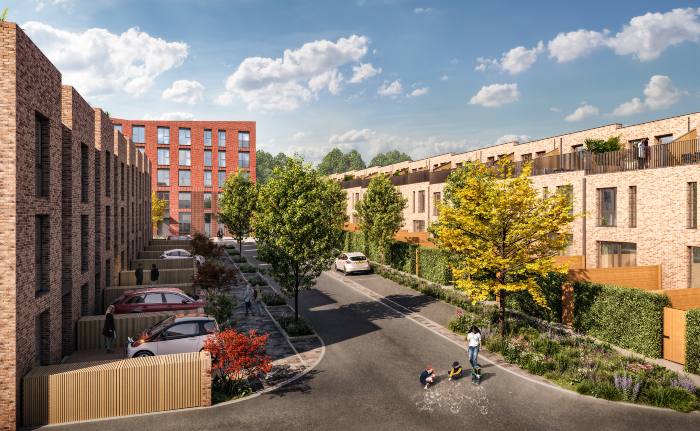
The planning application, submitted to Manchester City Council’s Planning & Highways Committee, follows a three-phased public consultation delivered by FEC in 2020.
More than 2,500 people, including local residents, took part across both physical and digital consultations, with the plans reflecting local appetite for increased connectivity, green space and the continued celebration of Collyhurst’s identity and heritage.
Responses to the consultation overwhelmingly supported the proposals, says the council, with respondents equally positive that they met the needs of the community in Collyhurst.
The proposals represent part of the first phase of the Strategic Regeneration Framework for Manchester City Council and FEC’s redevelopment of parts of North Manchester, which will deliver up to 15,000 new homes while rejuvenating disused land over the next 15 years.
Detailed proposals for a second scheme to be delivered within neighbouring South Collyhurst, one of the seven neighbourhoods to be developed as part of the overall Framework, are expected later this year.
Initial developments across the two neighbourhoods are expected to deliver 130 new affordable homes.
Other neighbourhoods involved in the first phase of development include Red Bank and New Cross.
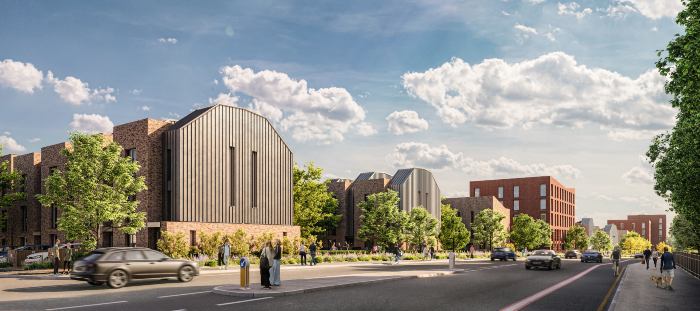
“Firstly, a big thank you to everyone who took the time to take part in the consultation last year,” said Cllr Suzanne Richards, Manchester City Council’s executive member for housing and regeneration.
“The number of responses was brilliant and input from the people who live in the area has provided invaluable insight to help guide the principles of development in the area.
“Submitting the first planning application for Collyhurst Village is a landmark moment for local people and represents the beginning of the end of a long journey for residents in the area who have been waiting for this investment in their community.
“The Northern Gateway project is hugely exciting for Manchester.
“Given the economic impact of the pandemic on our towns and cities, the continuation of this investment is encouraging as a marker of confidence that our city will recover and thrive once COVID is behind us.”
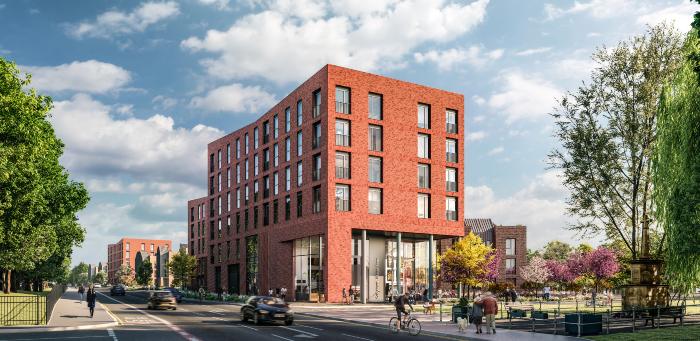
New computer-generated images of the much-anticipated Collyhurst Village regeneration have been released to coincide with the planning submission.
Work is expected to begin this summer with delivery scheduled for completion in summer 2024.
“Over the past 12 months, we’ve seen the overriding importance of tight-knit communities, and the role access to high quality homes, sustainable community assets and green space have to play in facilitating them,” said Victoria Hunter, development manager at FEC.
“Working with and for the people of Collyhurst, who have informed this application, it’s our ambition to deliver a vibrant and inclusive neighbourhood that has unique and lasting appeal for both existing and new residents.
“In doing so, we plan to champion the area’s heritage and its residents as part of the wider regeneration framework, improving connections to the city while celebrating Collyhurst’s iconic red sandstone which forms the fabric of Manchester as we know it.”
- This article was last updated 4 years ago.
- It was first published on 16 February 2021 and is subject to be updated from time to time. Please refresh or return to see the latest version.
Did we miss something? Let us know: [email protected]
Want to be the first to receive all the latest news stories, what’s on and events from the heart of Manchester? Sign up here.
Manchester is a successful city, but many people suffer. I Love Manchester helps raise awareness and funds to help improve the lives and prospects of people across Greater Manchester – and we can’t do it without your help. So please support us with what you can so we can continue to spread the love. Thank you in advance!
An email you’ll love. Subscribe to our newsletter to get the latest news stories delivered direct to your inbox.
Got a story worth sharing?
What’s the story? We are all ears when it comes to positive news and inspiring stories. You can send story ideas to [email protected]
While we can’t guarantee to publish everything, we will always consider any enquiry or idea that promotes:
- Independent new openings
- Human interest
- Not-for-profit organisations
- Community Interest Companies (CiCs) and projects
- Charities and charitable initiatives
- Affordability and offers saving people over 20%
For anything else, don’t hesitate to get in touch with us about advertorials (from £350+VAT) and advertising opportunities: [email protected]

Manchester music legend steps in to help young bands against unfair merch fees

Manchester’s tallest tower to host Hollywood A-lister backed hotel and restaurant
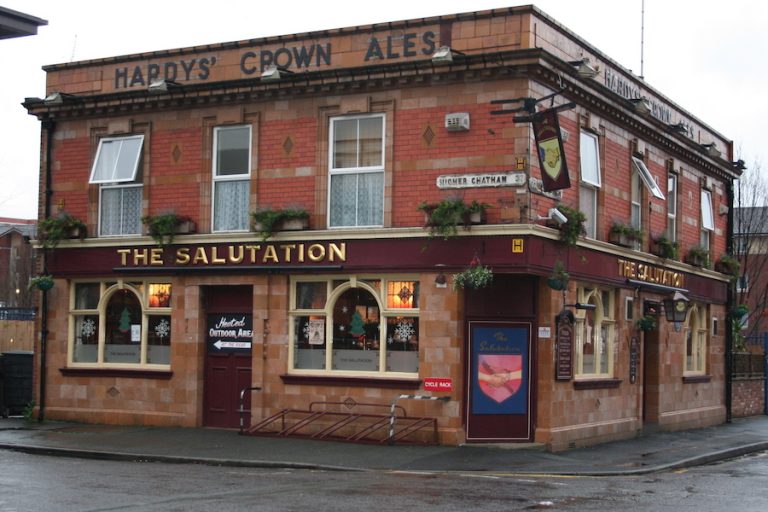
How The Salutation became a cornerstone of Manchester’s story
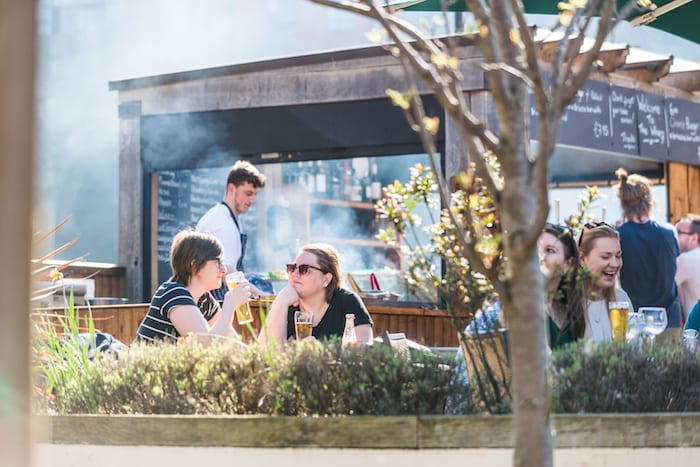

Ukrainian artist studying in Manchester shares inspiring message about living life to the full
